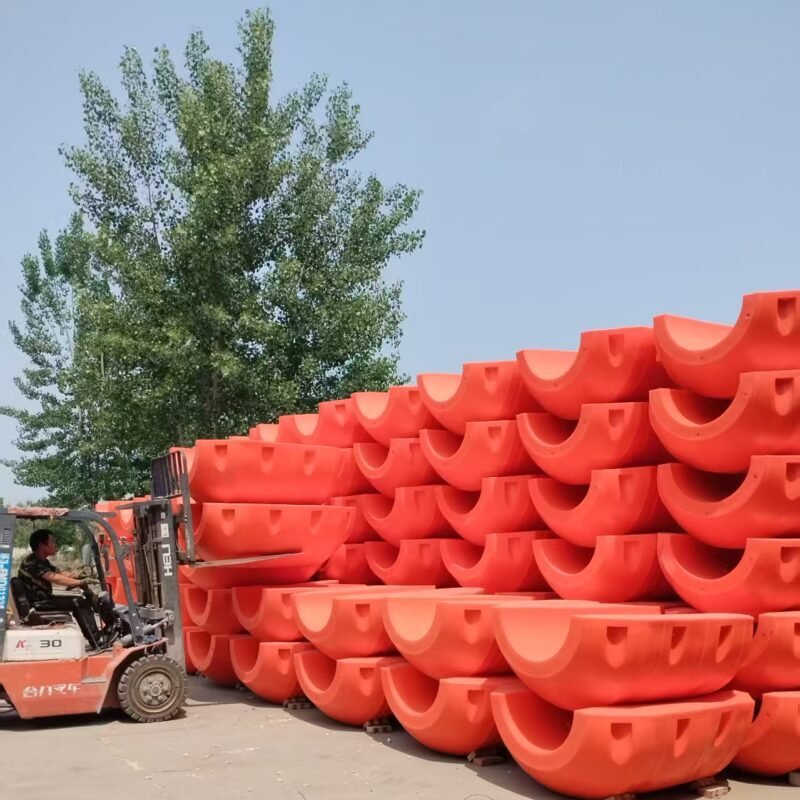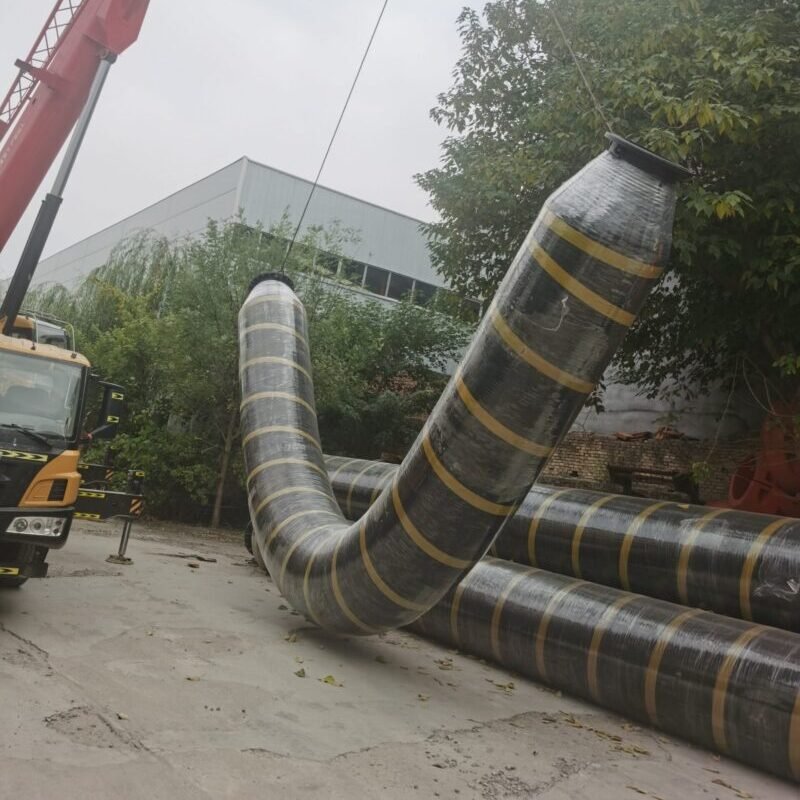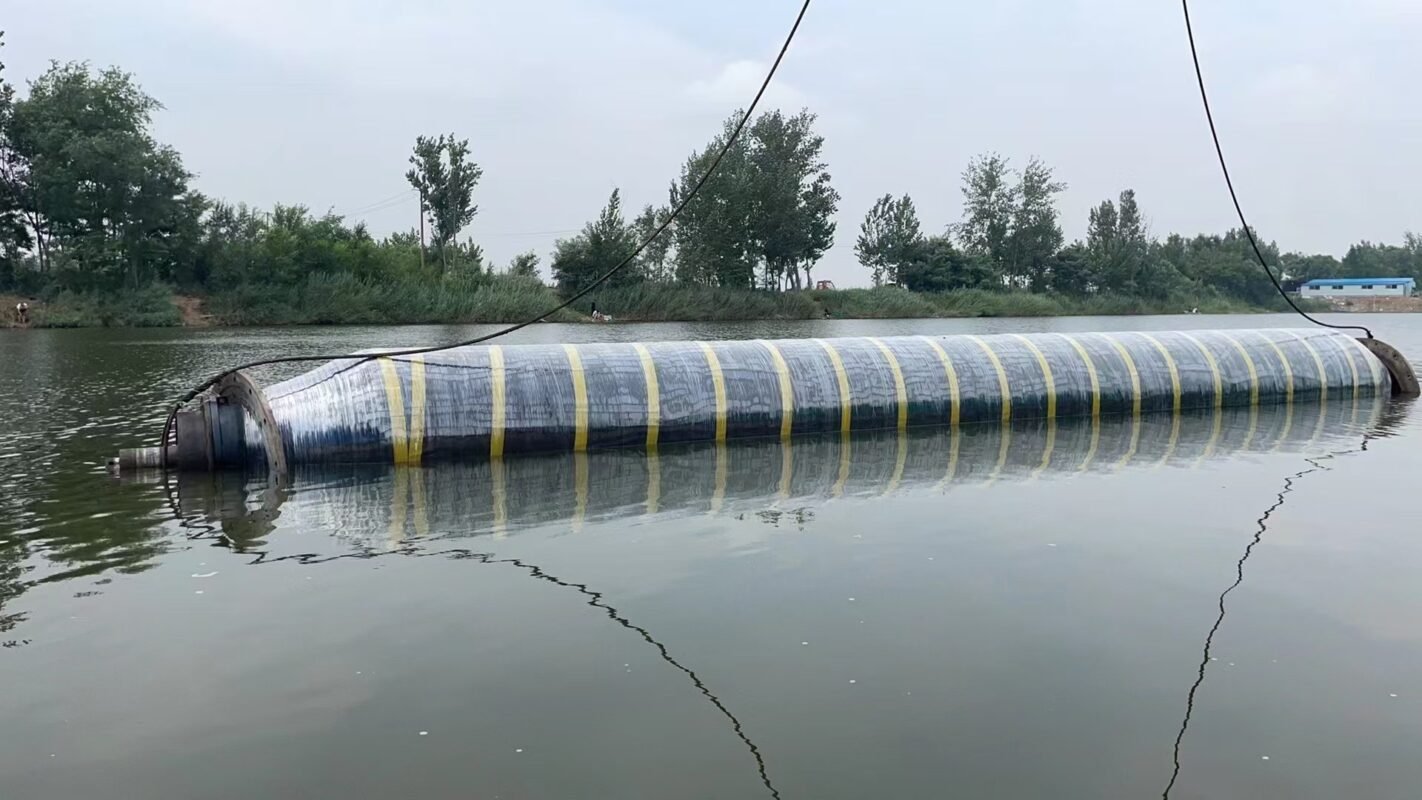Armored Floating Rubber Hose

Armored self-floating rubber hose is a flexible pipeline that integrates enhanced protection and self-floating characteristics. It is widely applied in marine engineering, dredging, petroleum mining, and other fields. The following are its key features and application analysis:
Basic Structure:Inner Rubber Layer: Composed of wear-resistant and corrosion-resistant rubber, it is designed to accommodate various conveying media, including silt, oil, chemicals, etc.Reinforcement Layer: Constructed with multiple layers of high-strength fiber or steel wire through braiding or wrapping techniques. This layer is engineered to withstand both internal pressure and external tension.Armored Layer: Typically made of spiral-wrapped metal wire or steel strip (usually galvanized or stainless steel), it offers robust protection against compression, impact, and external wear.Buoyant Layer: Utilizes closed-cell foam materials such as polyethylene or polyurethane, or features a hollow structure. This design ensures that the pipes remain afloat in water.External Rubber Layer: Made of rubber with properties that resist ultraviolet rays and seawater corrosion, it serves to safeguard the internal structure of the pipe.
Core Features:Self-floating: Thanks to the buoyancy layer design, the pipe can float on the water surface independently, eliminating the need for additional floats and reducing installation complexity.High Strength: The armored layer effectively resists scratches from sharp objects like rocks and corals, making it highly suitable for complex underwater environments.Flexibility: Maintains the excellent bending performance of the rubber tube, enabling it to adapt to dynamic movements caused by waves and tides.Weather Resistance: Withstands salt spray and UV aging, making it ideal for long-term offshore operations.

Typical Application Scenarios:Marine Dredging: Used to convey sediment and debris in projects such as port dredging, land reclamation.Petroleum Industry: Applied as floating oil pipelines for temporary offshore crude oil transfer.Underwater Mining: Facilitates the transportation of mineral slurry from underwater to surface ships.Emergency Drainage: Serves as floating drainage pipes that can be quickly deployed during flood disasters.
Selection Precautions:Conveying Medium: Select appropriate internal rubber materials (such as NBR, EPDM, etc.) based on the acidity and alkalinity of the conveyed medium.Working Pressure: Ensure that the reinforcement layer design is compatible with the required pressure level (usually ranging from 0.3-2.5MPa).Ambient Conditions: Consider the impact of seawater temperature and UV strength on the lifespan of the outer rubber layer and buoyant materials.Dynamic Load: In areas with frequent wave activity, reinforce the connection between the armored layer and the pipe body.
Maintenance and Lifespan:Regular Inspection: Regularly check for wear on the outer rubber layer and corrosion of the armored layer, especially at the joints.Cleaning: Rinse the inner wall of the pipe regularly to prevent sediment accumulation and clogging.Lifespan: Generally, the service life ranges from 5 to 15 years, depending on the usage intensity and environmental conditions.





